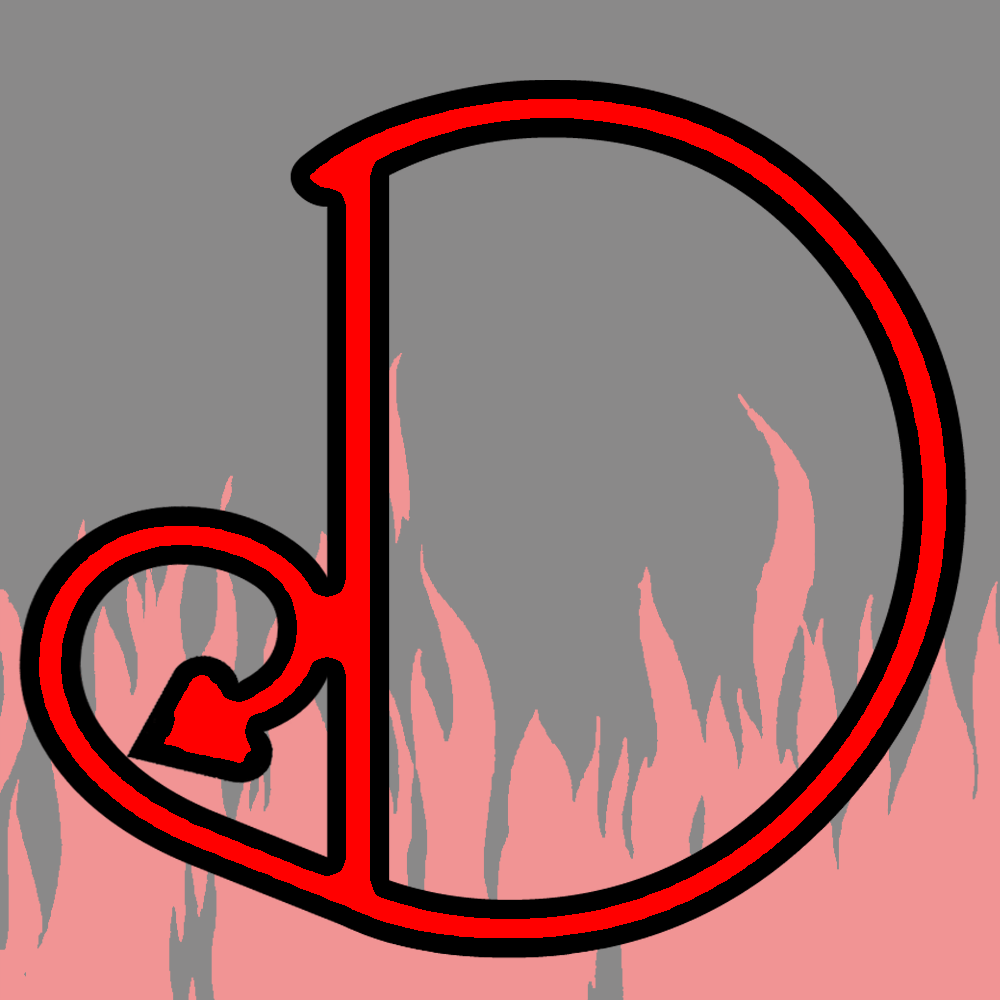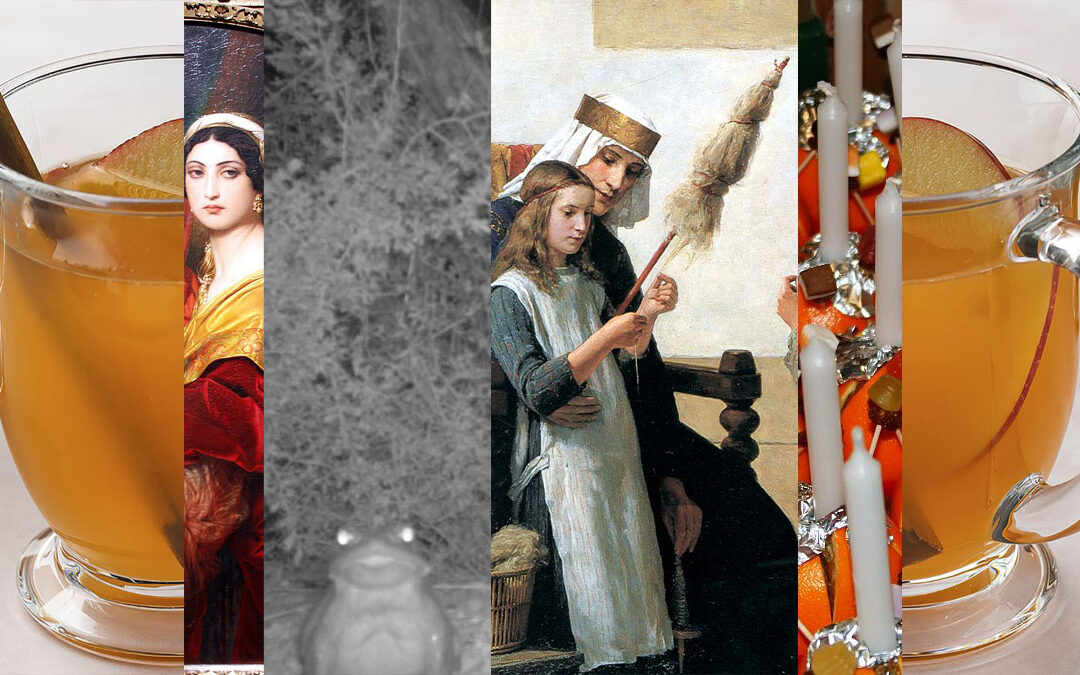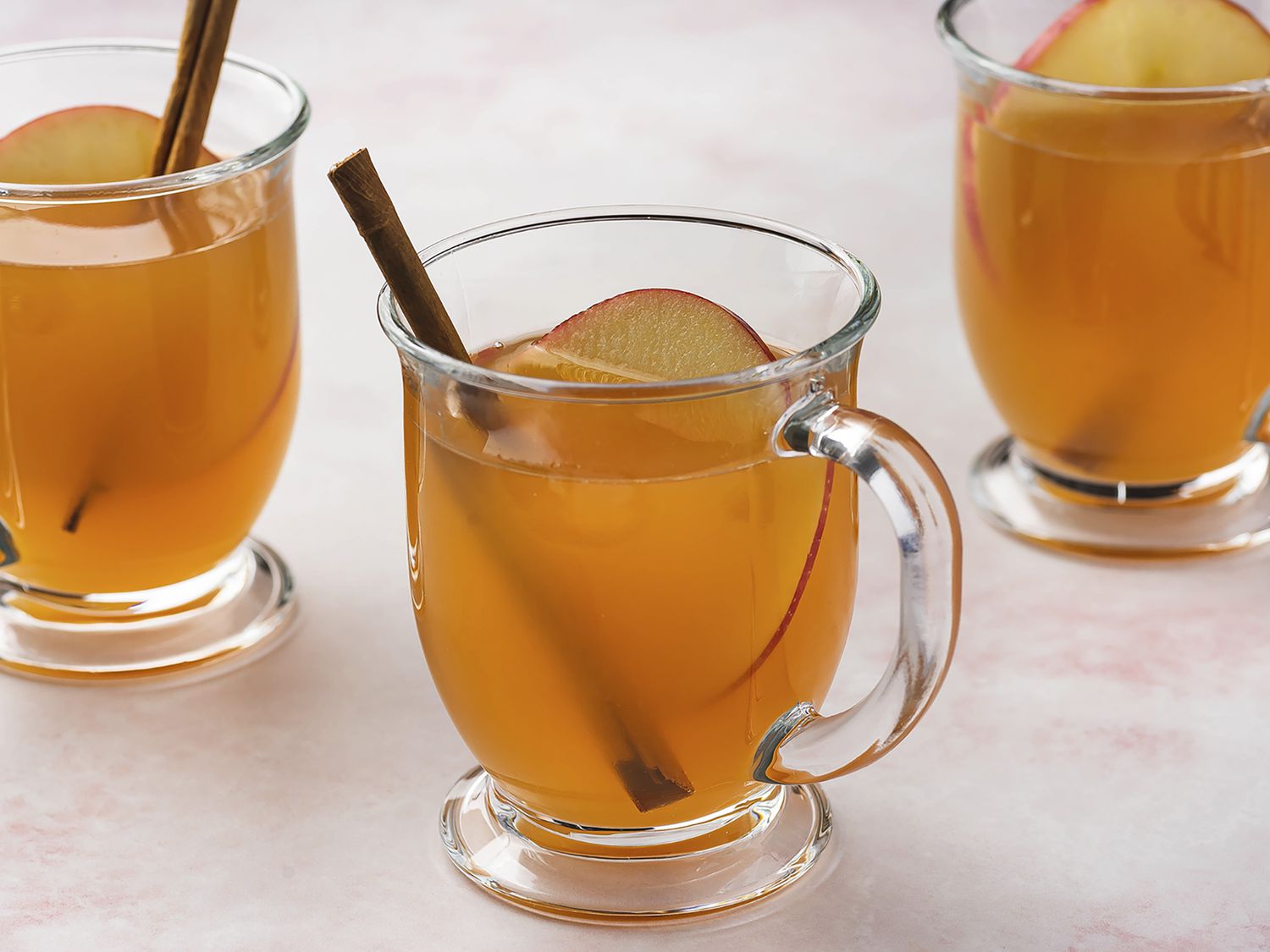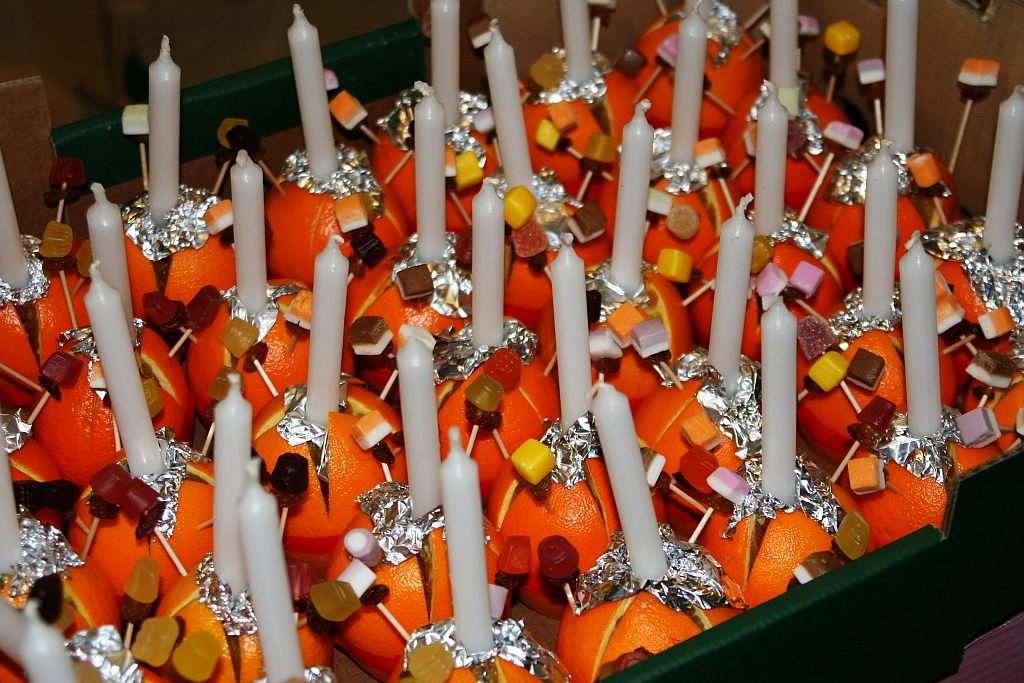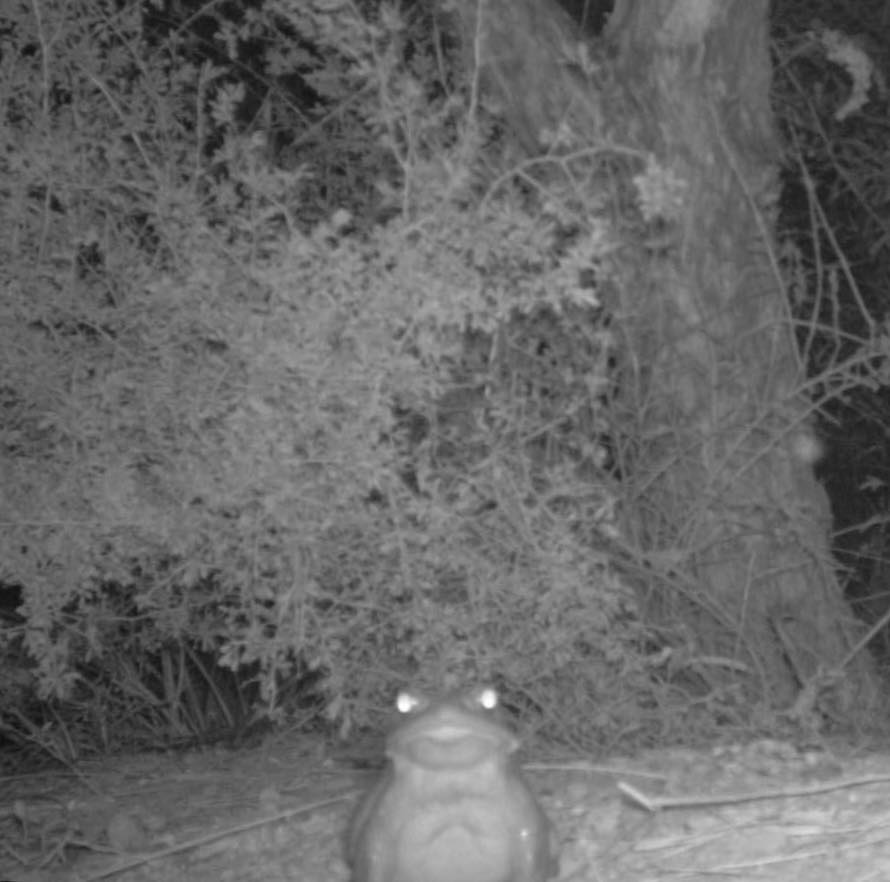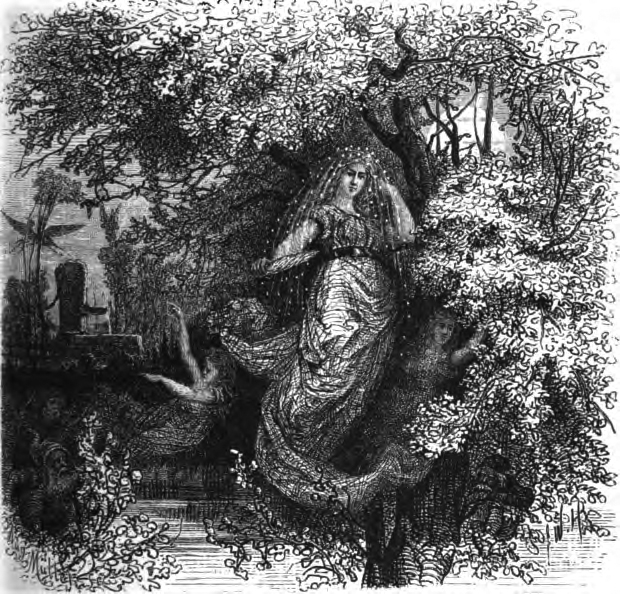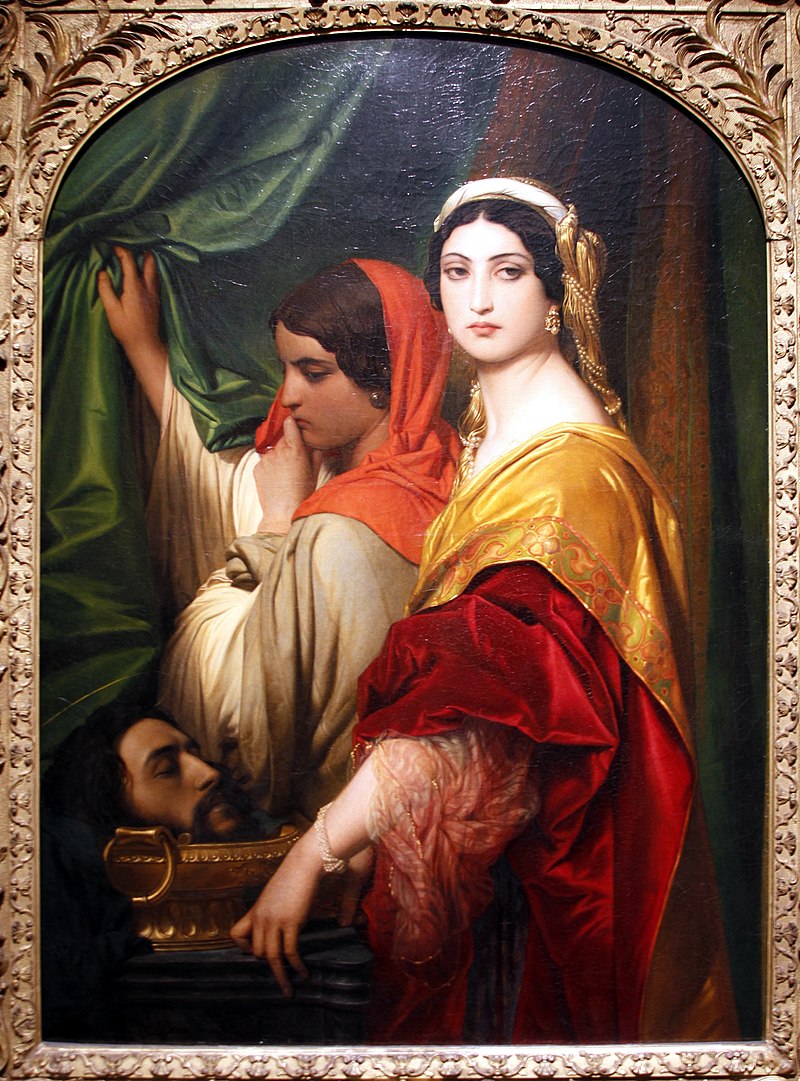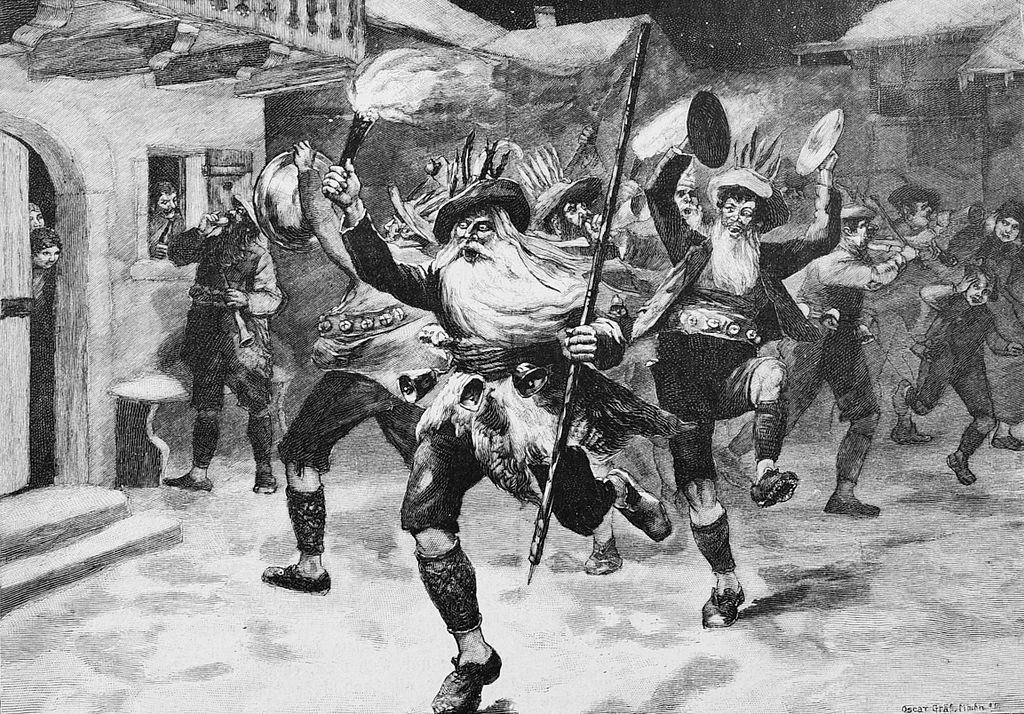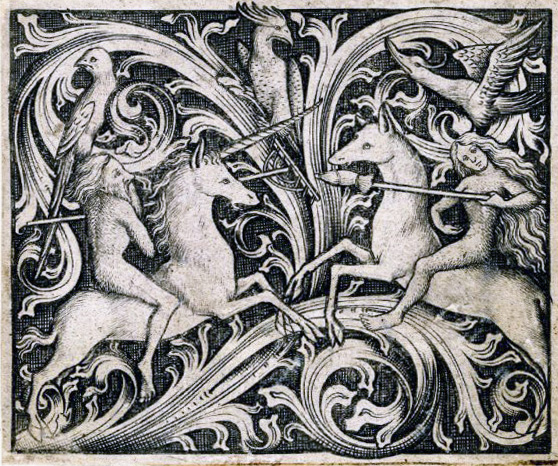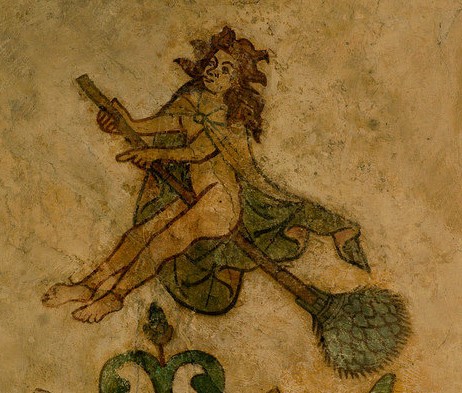Wassail, wassail, all over the town! Victoria brings us some somewhat…thick…wassail, a very old recipe that was spotlighted on Tasting History with Max Miller. Victoria mentions Carla Bardi’s “Silve Book of Cocktails,” the recipe is reprinted over at Imbibe.
On the subject of pomanders, Victoria mentions an Anglican (?) church celebration involving children processing with flaming oranges. We may be referencing the Christingle celebrations, described over at Atlas Obscura.
Jacob can’t find the source for his go-to Wassail recipe, so here it is below!
A Traditional Wassail Recipe:
10 very small apples
1 large orange stuck with whole cloves
10 teaspoons brown sugar
2 bottles dry red wine or dry sherry
1/2 teaspoon grated nutmeg
1 teaspoon ground ginger
3 cloves
3 allspice berries
2 or 3 cinnamon sticks
2 cups extra fine sugar (pulverize in blender)
12 to 20 pints of cider according to the number of guests
1 cup (or as much as you like) brandy
Core the apples and fill each with a teaspoon of brown sugar. Place in a baking pan and cover the bottom with 1/8-inch of water.
Insert cloves into the orange about 1/2″ apart.
Bake the orange with the apples in a 350° oven. After about 30 minutes, remove from oven–save the water!–and puncture the orange in several places with a fork or an ice pick
Combine the red wine, cider, nutmeg, ginger, cloves, allspice berries, cinnamon, sugar, and juice from the baked fruit, in a large, heavy saucepan and heat slowly without letting the mixture come to a boil.
Simmer on very low heat for 15 minutes.
Strain the wine mixture and add the brandy.
Pour into a metal punch bowl, float the apples and orange on top and ladle hot into punch cups.
Makes enough for 15-20 people
Kids: Don’t Lick Toads.
From NPR, we have this article about the wide range of psychedelic experiences the Colorado park service would like you NOT to have at their parks. And from the Colorado Sun, we have an article that says that no one is actually licking these toads and that their post was a bit tongue-in-cheek. But it was a fun halloween post and it’s nice to see Kermit again.
Frau Perchta/Holda, The Basics
(wiki) Let’s start with Perchta, because we’re more familar with her…we learned about her a year or two ago as a part of the broad family of Krampus (see Episode #5, Krampus Night) As often as not she’s an ill-tempered enforcer of the rules of 12th Night and flax-spinning, with some ties to the Wild Hunt and the Valkyries in their roles as shepherds of the dead. She is related to, and possibly the same entity as, Frau Holda or Frau Holle (wiki), though on the whole Holle seems to be a bit nicer and possibly the older of the two.
Jacob gets a little stumbly over the myth of the mother-goddess, which at once is a thing…there are an awful lot of mother-goddess out there…but also isn’t a thing, as it’s at the heart of the idea of a network of “old religion” practitioners preserving an ancient goddess faith, floated as an idea largely by Margaret Murray in “The Witch-Cult in Western Europe,” that has been discounted by the academic community but is still in the DNA of modern Wicca. There’s a desire to have an ancient goddess faith that predates the current patriarchy that maaaaay outweigh the scholarship supporting the idea. Depends on the goddess in question.
Herodius
(wiki) Herodias is the wife of Herod Antipas, a key player in the whole “Salome dances to get the head of John the Baptist” story. She seems to be related to THREE Herods, maybe five, and it’s clear there are a lot of Herods. Anyway, she seems to have been associated with Diana, Holda, and others, and as the leader of a witch cult or witches generally, one could imagine her being some sort of syncretic bridge between Holda-Perchta and Lilith/Hecate. Or maybe they don’t need the bridge. Maybe the connection makes itself. It’s hard to be a female figure in myth and not get syncretized with Hecate.
Perchtenlaufen
(wiki) It’s hard to seperate Perchta’s myth from Krampuses, and it gets completely mixed with the Perchtenlaufen – an old central Europe tradition of “beautiful” Perchte mock-fighting against “ugly” perchta. This was a sort of epic battle of Yule goddesses, which I’m happy to see Wiki confirm feels linked to the broomstick battles of witches and Benandanti that lead to the myth of the sabbat and are, also, tied up in the Wild Hunt myth. This recent video from Mittendorf shows a very animalistic Perchta but she has a witchy look, not entirely goatish like Krampus.Queen Berthe instructing girls to spin flax on spindles using distaves
Albert Anker, 1888. I’m a little bit sad that Bertha is actually NOT a variation on the word “Perchta,” and Bertha frequently IS a variation of Perchta. In fact Bertha of Swabia was the queen of Italy from 922-947ish…but she’s a well-loved queen, bigger in myth than in real life, and she’s probably been confabulated with Perchta, at least a bit. Particularly in the “distave” department.
The Emasculating Distaff
I don’t know if we’d discovered this amazing article series when we were recording, but the “Surpressed Histories” website, which focuses on the realities of women’s lives across the centuries. Article 1 introduces the theme of the Emasculating Distaff, or the distaff as an instrument of female control over males. Look for images of Hercules in a wimple there, and Distaff as magical implement. Article 2 touches on the theme of distaff-jousting, Article 3 gets into some non-heteronormative stuff and female control, all a supplemental photo essay for Veleda Press/Max Dashu’s book Witches and Pagans: Women in European Folk Religion. We’ll have to call this one out next episode!
The Emasculating Distaff
I don’t know if we’d discovered this amazing article series when we were recording, but the “Surpressed Histories” website, which focuses on the realities of women’s lives across the centuries. Article 1 introduces the theme of the Emasculating Distaff, or the distaff as an instrument of female control over males. Look for images of Hercules in a wimple there, and Distaff as magical implement. Article 2 touches on the theme of distaff-jousting, Article 3 gets into some non-heteronormative stuff and female control, all a supplemental photo essay for Veleda Press/Max Dashu’s book Witches and Pagans: Women in European Folk Religion. We’ll have to call this one out next episode!
So far as the Witch/Distaff/Broom connection goes, it sounds like the tradition of witches using distaffs as magical implements and the image of witches jousting with distaffs (wielding them, not riding them) goes to the mid 1300s. Brooms are absolutely ancient technologies, but one history of the broom suggests that witches didn’t ride them until 1450ish. But apparently the goddess Frygga rode one from time to time. There’s a lot of uncertainty as to what year, which goddess, and what she’s riding.
Jacob regrets saying that witches didn’t ride brooms until the 1600s, though, they started a lot easier. The entire cast is groping in the dark on this one.
Article callouts!
Lotte Motz, “The Winter Goddess: Percht, Holda, and Related Figures” (the encyclopedic article mentioned early in the episode)
Mirjam Mencej, “Mythical Beings Punishing the Breaking of Taboos on Spinning“
John B. Smith, “Perchta the Belly Slitter and Her Kin“
Not an article but very worthwhile podcast, Al Ridenaur’s Bone and Sickle’s episode on Perchta
Jill Hammer, “Holle’s Cry: Unearthing a Birth Goddess in a German Jewish Naming Ceremony“
Podcast: Play in new window | Download
